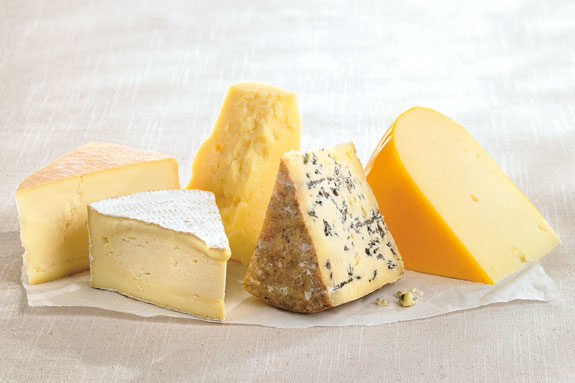In the end, the government gave (tariff-free) access to the EU of 17,700 tonnes of cheese, 16,000 of which are fine cheese.
This is on top of what is already being imported. Knowing that in Canada, consumers eat about 90,000 tonnes of fine cheese (Canadian and imported) per year, this is a significant part of the market that is offered to the EU.
“We’re shocked by the volume of market access they’ve granted to the European Union,” said DFC President Wally Smith, while Vice-President Ron Versteeg added, “It’s discouraging to see something that farmers and cheese makers put a lot of blood, sweat and tears into developing ... sort of eroded and given away to the Europeans.”
DFC’s first immediate preoccupation was to share with the government the significance of impact of letting increased competition from the EU to be felt in this particular segment of the dairy market.
This market shows innovation and is growing because farmers and processors have invested together to grow the market, to diversity the cheese offered, to improve quality, and that most of these cheese-makers are small or medium-sized businesses.
What the new access means on the farm: About 4.5 percent of milk produced for cheese or 2.25 percent of all milk produced in Canada.
There is a pretense out there of the EU offering us unfettered access to their dairy market. Here are the reasons why we consider this a distraction and a white elephant:
- Yes, the EU has removed all tariffs for dairy products coming from Canada. And Canada has some of the best cheeses in the world.
If price competitiveness was envisioned, it would seriously undermine farm and processor earnings, and ability to recover costs of production from the market because the dairy industry does not get supplementary income from government treasuries.
Moreover, as a result of CETA, current small exports to Europe under Class 5d will have to cease.
- One can easily appreciate as well that our farmers and these cheese-makers don’t face the same market realities as Europeans. (Government subsidies versus market returns, local market size due to population density, business scale and history and tradition related to the cheeses produced).
- The EU is keeping its protection of geographical indications (GI) of various products, including six cheeses we produce here (Feta, Parmesan, Gorgonzola, Asiago, Fontina and Munster).
While grandfathered, cheese-makers currently making them could never export to the EU. The EU is clearly limiting the production of 50 GI cheeses (and more than 1,000 food products) on its market to the geographic location they assigned to each of them, and only those can be marketed as such in the EU market.
- Finally, the limited access for milk protein isolates put in place a few years ago by the Conservative government has been lifted for EU members.
DFC and members have made it a priority to meet government representatives to ensure the federal government understands the impact of these decisions on the sector and delivers effectively on their promise to mitigate the challenge posed by that decision.
We reminded the government that we want to continue to make a living from the marketplace, not from taxpayers’ subsidies.
Run for farmers by farmers, Dairy Farmers of Canada (DFC) is the national policy organization representing Canada’s farmers. DFC strives to create stable conditions for the Canadian dairy industry, today and in the future. PD









